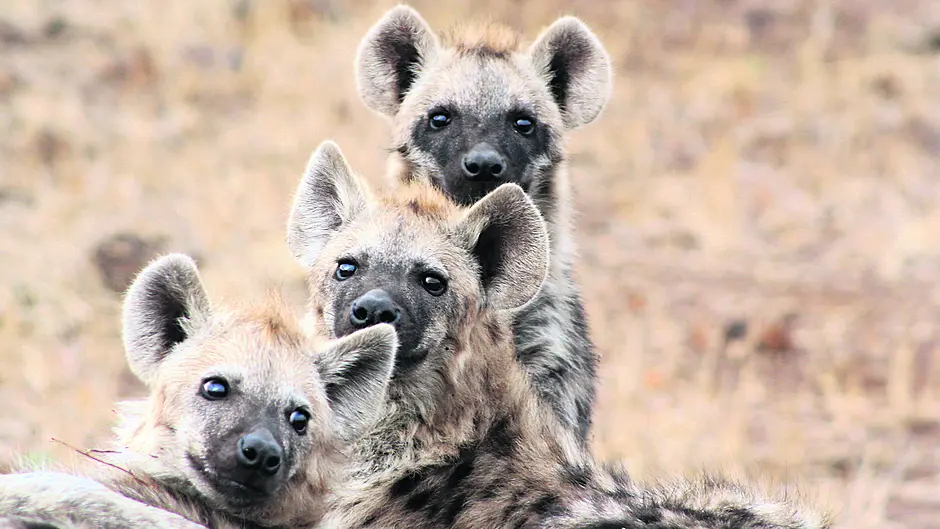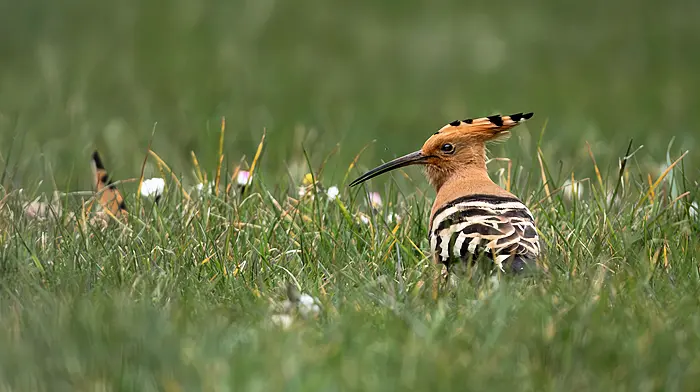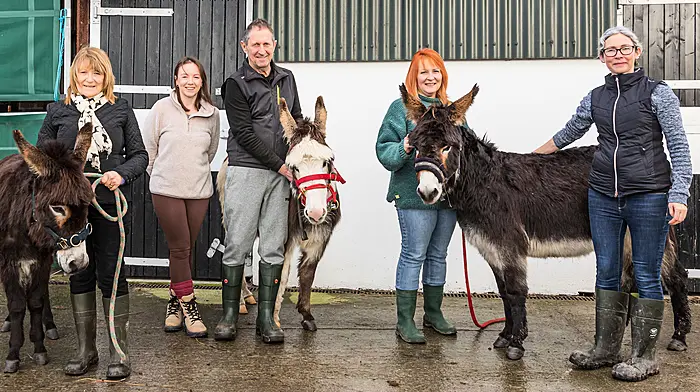Wildlife with an amateur observer
WE time travelled to Ice Age Cork on our last Wildlife Watch column and we’ll return there again this time to explore some more of the incredible species that once roamed here. We covered some of the colossuses already – the giant Irish deer and the woolly mammoth – but some of the smaller mammals are equally as interesting.
We’ve already mentioned the very important reindeer fossils found in Cork that established the presence of man in Ireland long before previously believed. We know what they would have looked like as it’s an animal that is very familiar to most people today. However, another grazer once found here is now totally extinct so we can only conjure one up.
Remains of the tarpan, or Eurasian wild horse, dated to around 28,000 years ago were discovered in Waterford’s Shandon Cave. This specimen confirms that horses galloped across Munster long before the arrival of man. Unfortunately this species was wiped from our planet by the early 20th century and there are only a few, somewhat dubious, images of it left in existence.
The tarpan was probably a shorter, stockier and scruffier animal than the horses we know today, with a larger head and a black stripe running down the back.
These wild horses would have varied in coat colour through shades of brown and grey, with a black tail and mane. There are historical descriptions of the fierce nature of this wild horse that tell us that it bit and kicked ferociously, which would have been useful attributes in Ice Age Ireland.
Tarpans lacked the ruminants’ four-chambered stomach of their great Irish deer contemporaries so they needed to eat a lot more food to stay alive. Like our modern equines, tarpans would have had to graze for several hours every day and would have travelled some distance while doing so, encountering predators along the way.
One of these Ice Age predator species still exists today as one of the African Savannah’s most effective and formidable killers. Another fossil bone from Castlepook Cave near Doneraile tells us that the spotted hyena once hunted and thrived here some 35,000 years ago.
Hyenas are highly intelligent social animals that hunt very effectively in packs, empowering them to attack animals much larger than them in size. Equipped with an enormous heart (twice as heavy as that of their rival lions’), they can out-compete their prey in both stamina and speed. The Castlepook artefacts revealed that they feasted on woolly mammoth and giant Irish deer, but they also probably hunted wild horses as they still do today.
Highly efficient scavengers, the potent stomach acid allied with a remarkable bite – one of the most powerful of the animal kingdom – allows the hyena to eat the bones, teeth and even hooves of its prey. Hyena teeth marks on the bones found in Castlepook indicate that these hardy hunters brought the remains of their kills back to their underground dens, as African hyenas still do.
The ‘laugh’ of the hyena was not the only predator call to be heard here millennia ago, as the grey wolf also howled across our Ice Age tundra. Unlike the hyena, however, these canine killers survived global warming until they were persecuted into extinction in Ireland in the late eighteenth century.
However, it was the brown bear that bore the accolade as Ireland’s top Ice Age predator, weighing in at some 350kg. Like its competitors, it had a vicious bite but was additionally equipped with lethally sharp claws. Surprisingly fast for its size, brown bears today can travel at up to 50km per hour and presumably their Ice Age relatives could move every bit as fast.
Fossil bones of brown bears were also found in Castlepook Cave and these, and others, may have been the remains of hibernating bears that simply starved to death.
Ireland’s brown bears were also hunted to extinction by man but in a much earlier era, some 3,000 years ago. Genetic analysis of their fossils reveals they were closely related to the polar bears of modern times. Hopefully these Arctic cousins don’t succumb to the same fate as our Irish bears.
Predators, giants and grazers but what of the smaller mammals? Let’s return one final time to Ice Age Cork to see what else once thrived here.









